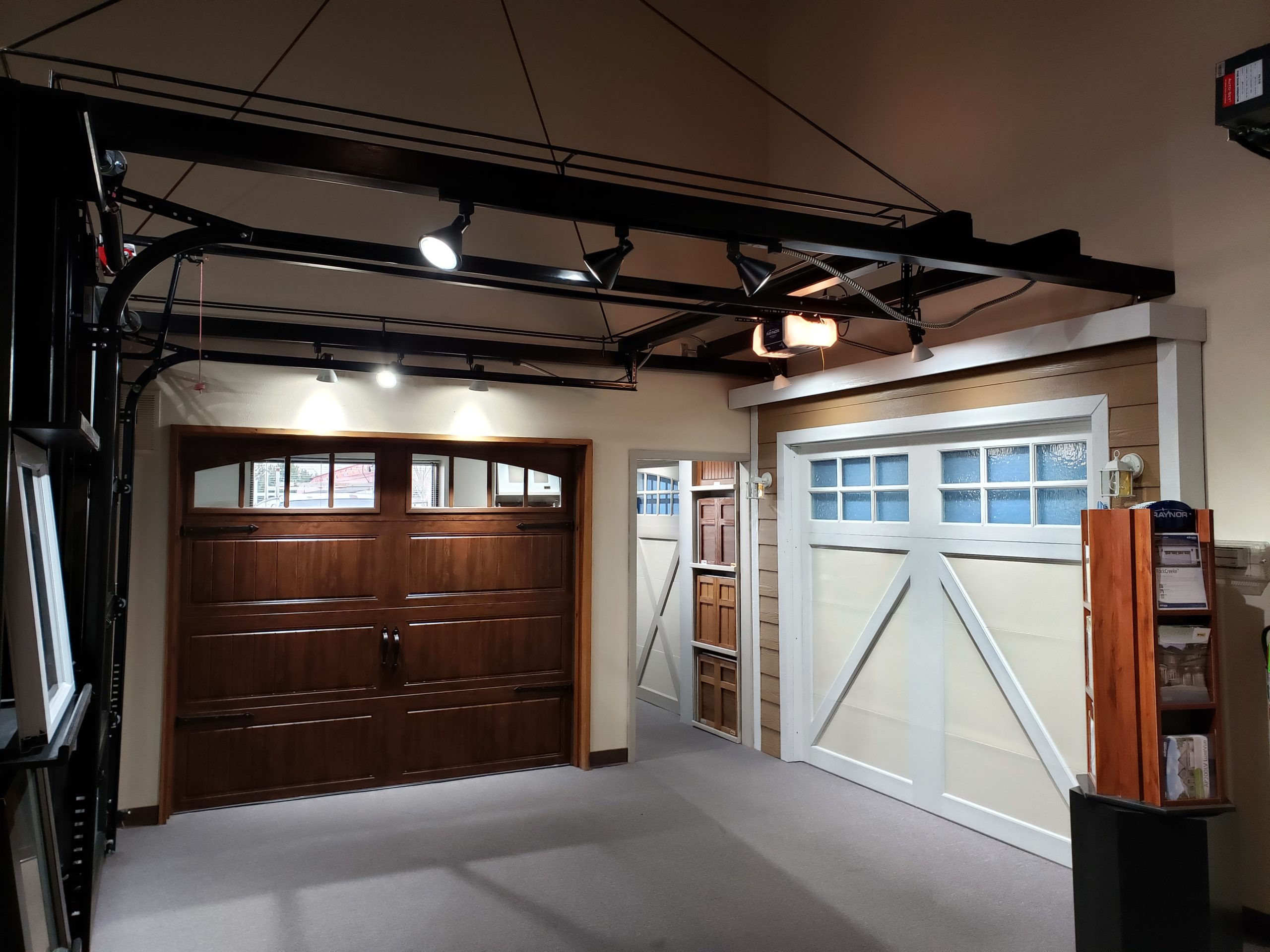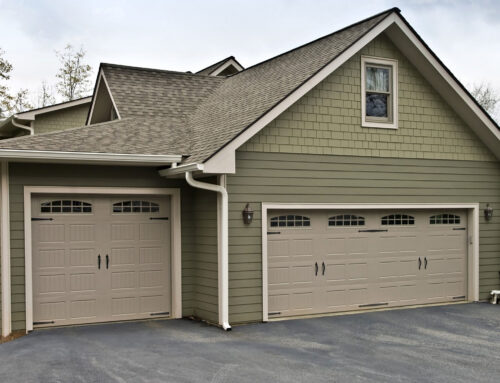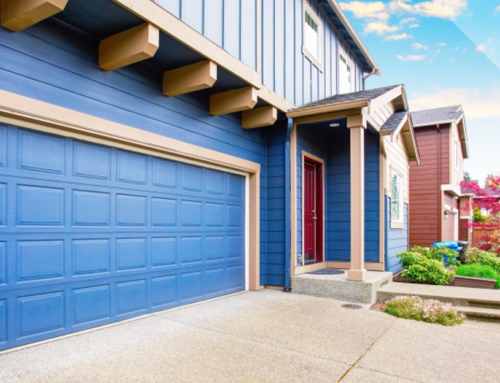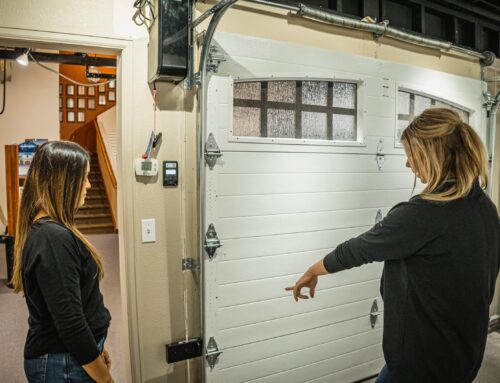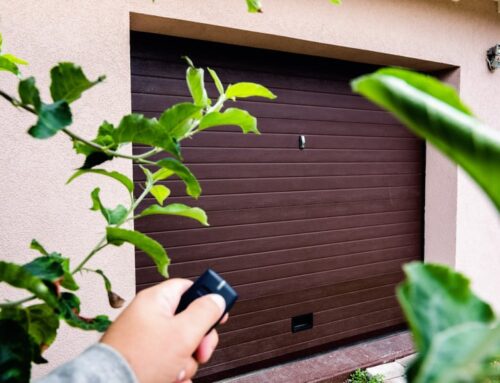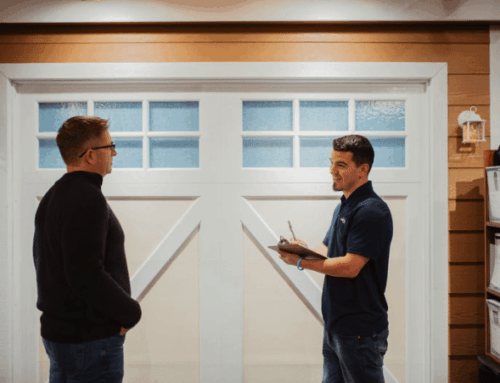Garage Doors That Can Handle the Cold
If you live in Northern Colorado or any other cold-climate region, you already know that winters aren’t just uncomfortable—they can be downright brutal. Your garage door is one of the most significant exterior components of your home or business, and if it’s not up to the challenge, it can lead to heat loss, damaged components, and even safety issues. That’s why choosing the right garage door for cold climates is critical. Every element must be designed to withstand freezing temperatures, heavy snow, and gusty winds, from insulation to hardware to weather seals.
Let’s explore what features you should prioritize and how expert insight can help ensure your garage door performs reliably, year after year.
R-Value and Why It’s Crucial for Cold Climates
When considering a garage door for a cold climate, one of the most crucial factors to look for is its R-value. This value measures the door’s resistance to heat flow, indicating how well it insulates your space. A higher R-value signifies a better door at keeping cold and warm air out, a key feature for energy efficiency in extreme weather conditions.
Well-insulated garage doors are essential in extreme weather conditions. An R-value of 12 to 16 is often recommended for Northern Colorado homeowners, especially if the garage is attached to the home or used as a workspace.
During professional garage door installation, technicians can help you select a door with a high enough R-value and ensure it’s properly fitted to maximize thermal efficiency.
Insulation Materials: Polyurethane vs. Polystyrene
Not all insulation is created equal. Garage doors are typically insulated with either polystyrene or polyurethane, and your choice can significantly affect performance during winter.
- Polystyrene is a rigid panel that offers basic insulation. It’s cost-effective but doesn’t adhere tightly to the door, which can leave gaps.
- Polyurethane, on the other hand, is a foam that expands to fill the door cavity, creating a denser, more energy-efficient barrier. Due to its higher R-value and structural strength, it’s ideal for harsh climates.
For homeowners comparing options, our Insulated Garage Door Options page highlights various models explicitly designed for thermal performance.
Weather Seals and Their Role in Draft Prevention
Even the most insulated garage door can fail if it isn’t properly sealed. Weather seals, your second line of defense, play a crucial role in preventing cold air and moisture intrusion, thereby maintaining the door’s thermal efficiency.
Look for a door with:
- Bottom seals to prevent cold air from seeping in under the door
- Perimeter seals to block side drafts
- Threshold seals to protect the entry point from water and snow
Rubber seals can harden and crack in freezing temperatures, so inspecting and replacing them as needed is essential. Routine service through garage door repair services can address brittle seals and ensure that your weatherproofing remains intact year-round.
Wind and Snow Load Resistance: Structural Must-Haves
Colorado’s winter storms often bring strong winds and heavy snowfall—two forces that can strain your garage door system. Doors not built to resist these elements may warp, freeze shut, or sustain damage from wind pressure.
When browsing options, check for wind-rated models built with reinforced panels. This extra durability keeps your door functional in harsh conditions and protects your home or business from structural damage.
Visit manufacturer sites to see examples, such as Raynor’s insulated, reinforced models designed specifically for these challenges.
Cold Weather Effects on Hardware Components
Freezing temperatures test your garage door panels and impact the system’s small but essential hardware components.
- Springs can become brittle and snap under pressure.
- Rollers may stick or seize if they lack proper lubrication.
- Hinges and tracks can rust or freeze, causing the door to misalign
- Safety sensors might malfunction due to condensation or ice buildup.
Winter maintenance is vital to avoid operational failure. Using low-temperature lubricants, keeping tracks clear of ice, and performing pre-winter checkups can help extend the lifespan of your door and keep it running smoothly when you need it most.
Opener Performance in Low Temperatures
Garage door openers, particularly those that rely on batteries, can be especially vulnerable in frigid weather. Low temperatures slow battery performance and cause units to stall or fail altogether.
This is where modern smart openers with battery backup systems come in. Many brands offer cold-weather compatible openers that maintain functionality even during power outages or extreme temperatures.
If your current opener struggles in winter, upgrading it during a professional installation can significantly improve your system’s reliability.
Bonus Year-Round Benefits of Insulated Garage Doors
While much focus is on winter performance, it’s important to note that an insulated garage door offers value beyond the cold months. Understanding these year-round benefits can help you make an informed decision about your purchase.
Benefits include:
- Energy savings in both winter and summer
- Noise reduction from outside sources
- Protection for tools, vehicles, or appliances stored in the garage
- Improved comfort if the garage is used as a workspace or gym
An insulated door is a wise investment for year-round comfort and efficiency, not just a seasonal solution.
Why Professional Installation Matters More in Cold Regions
Finally, even the best garage door will underperform if poorly installed. Front Range Raynor ensures thermal efficiency and mechanical reliability in cold regions like Northern Colorado.
Professionals understand how to:
- Install weatherstripping correctly
- Align tracks for smooth movement
- Seal gaps to prevent drafts
- Select models tailored to the regional climate.e
Whether upgrading your door or troubleshooting winter performance issues, trusted local support for garage door installation or repairs can make all the difference. These professionals are well-versed in the unique challenges of Northern Colorado’s climate and can provide tailored solutions for your specific needs, giving you peace of mind.
Final Thoughts
Choosing the right garage door for cold climates means going beyond basic appearance or price—it requires understanding how different features impact comfort, energy use, and long-term durability in extreme weather. Every component, from insulation and seals to opener performance and structural integrity, plays a role.
By focusing on the abovementioned elements and working with a professional installer who understands Northern Colorado’s climate, you’ll ensure your garage door remains dependable, efficient, and weather-ready for the year.

